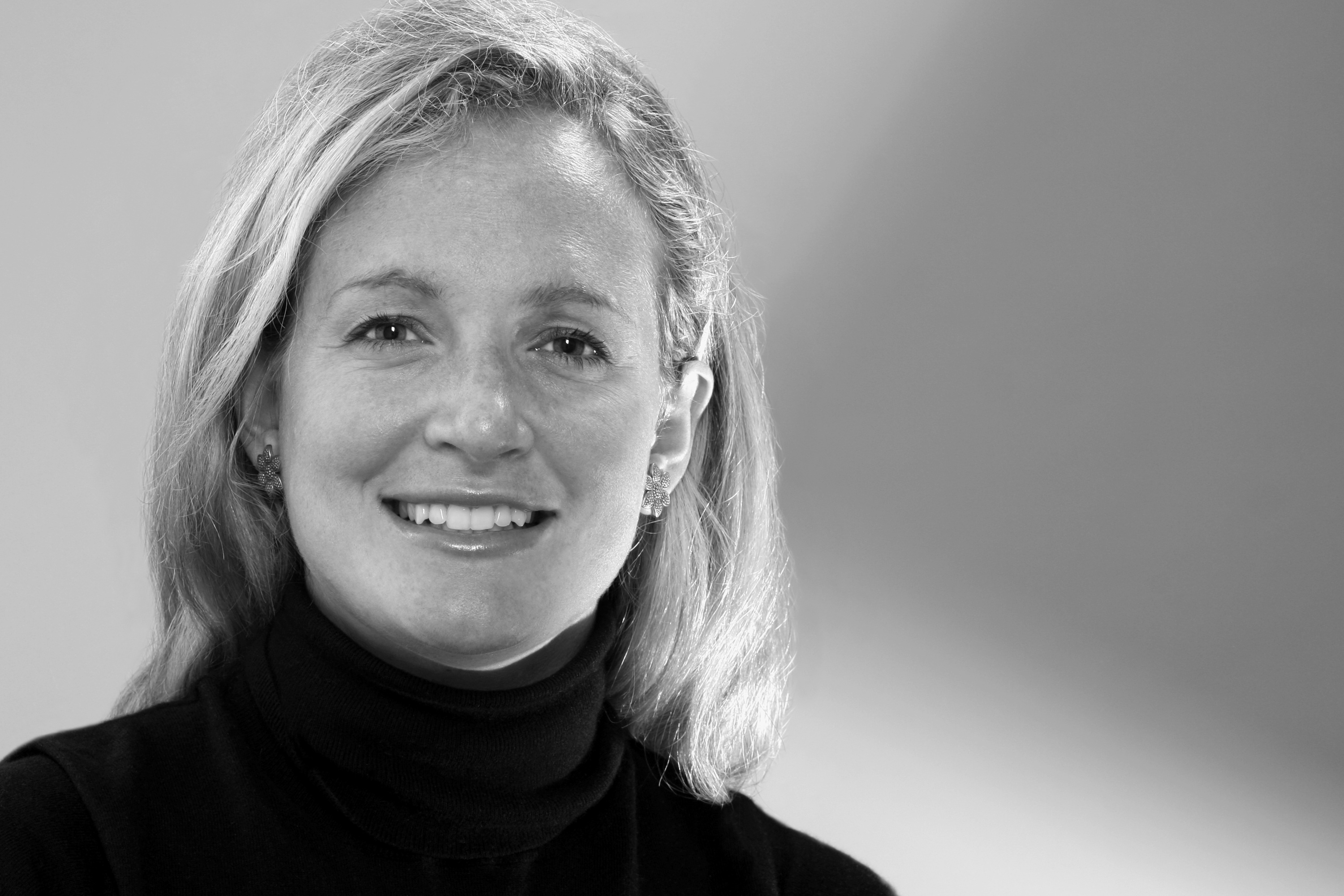EDF Climate Corps fellow | March 13, 2013
“Knocking down a brick wall by yourself with your bare fists is next to impossible. But organize a team equipped with sledgehammers and a plan, and it gets a whole lot easier,” said Gwen Ruta in a Fast Company Op-Ed explaining the concept behind EDF Climate Corps.
This blog post is the second in a series, highlighting our team of ‘sledgehammers’ – the 2012 EDF Climate Corps fellows– and their plans for breaking down the barriers to energy efficiency at their host organizations.
Name: Rodney Dominique
Host Organization: New York City Housing Authority (NYCHA)
School: Brandeis University
Opportunity: NYCHA, the largest housing authority in the country, needed a consistent strategy for collecting and analyzing energy data.
Barrier: NYCHA collects monthly utility data from all of its developments, and data per-apartment at its Castle Hill Houses development in the Bronx. This is an overwhelming amount of information to deal with. In some cases, variations in net metering made it difficult to distinguish how much energy a building actually uses. In others, there are commercial businesses on NYCHA properties marked as residential, so it's nearly impossible to determine their electrical load. Without proper context, it would be easy to misread the data, and potentially make incorrect recommendations as to where to invest in energy efficiency.
Solutions Identified: NYCHA has Energy Solve’s Utility Management Information Software (UMIS), which can organize the data by energy intensity and overall cost. Dominique and his co-fellow, Piper Kujac, created energy assessment templates that will help to identify high-consumption outliers and pinpoint difficulties with current onsite metering, showing the user which data entries to investigate for inaccurate metering.
Quote: “By managing the raw data and organizing it in a way that can communicate the challenges and opportunities, we are positioning NYCHA for improved energy performance.”
 Name: Katie DeWitt
Name: Katie DeWitt
Host Organization: National Geographic Society (Nat Geo)
School: UC Berkeley Haas School of Business
Opportunity: Nat Geo, one the world's largest media, science and educational institutions, was looking to make a formal commitment to sustainability.
Barrier: DeWitt found that Nat Geo employees recognized the value in sustainability initiatives in terms of bottom-line savings, enhanced brand value, increased employee engagement and even proactive risk management. However, she found an information gap: what engages other employees may not speak to a human resources officer or a facilities manager.
Solutions Identified: To bridge this gap, DeWitt created tailored energy efficiency "sales pitches" for each of Nat Geo’s major stakeholders.
Employees: “Wouldn't it be great to know that simply by working for Nat Geo, you're being socially and environmentally proactive?”
Senior Management: “This is an opportunity to lead the media industry! Sustainability is attractive to investors and the most talented jobseekers.”
The Chief Financial Officer: “We could save a lot of money by investing in energy efficiency and sustainability, and we might not even have to pay for it.”
Marketing, Communications, and Media Relations: “Practicing social and environmental responsibility internally ensures consistency with our external messaging – we get environmental bragging rights!”
Facilities and Engineering: “Operating and maintaining a building for peak energy efficiency means that equipment lasts longer, employees are healthier and happier, and costs are lower, allowing more resources to be devoted to the organization’s core operations.”
Quote: “I'm learning the importance of telling a cohesive story about sustainability in a language tailored to the person or department to which I'm presenting. That seems to be the only way to make a sustainability story stick.”
 Name: Danielle Ginach
Name: Danielle Ginach
Host Organization: News Corporation
School: Presidio Graduate School
Opportunity: Previous EDF Climate Corps fellows had already recommended a menu of efficiency opportunities for News Corporation.
Barrier: While a few of the projects proposed by previous Climate Corps fellows were underway, many were not due to the complexities of servicing energy equipment in a constantly-running industrial facility. The presses run nightly, leaving no breathing room to experiment with equipment that runs 24 hours a day, 7 days a week, or processes that might interfere with printing.
Solutions Identified: Working with the printing plant operations and facilities teams, Ginach determined which previously identified projects were feasible, which needed adjustment and their actual cost given newly identified rebates.
Quote: “After a few weeks with News Corporation, I realized that I would be most helpful by taking on the role of a gardener, cultivating what had already been planted by my Climate Corps predecessors and planting new energy efficiency "seeds" when opportunities presented themselves.”
About EDF Climate Corps EDF Climate Corps (edfclimatecorps.org) taps the talents of tomorrow’s leaders to save energy, money and the environment by placing specially-trained EDF fellows in companies, cities and universities as dedicated energy problem solvers. Working with hundreds of leading organizations, EDF Climate Corps has found an average of $1 million in energy savings for each participant. For more information, visit edfclimatecorps.org. Read our blog at edfclimatecorps.org/blog. Follow us on Twitter at twitter.com/edfbiz and on Facebook at facebook.com/EDFClimateCorps.
About Environmental Defense Fund Environmental Defense Fund (edf.org), a leading national nonprofit organization, creates transformational solutions to the most serious environmental problems. EDF links science, economics, law and innovative private-sector partnerships. For more information, visit edfbusiness.org. Read our blog at blogs.edf.org/business. Follow us on Twitter at twitter.com/EDFbiz.